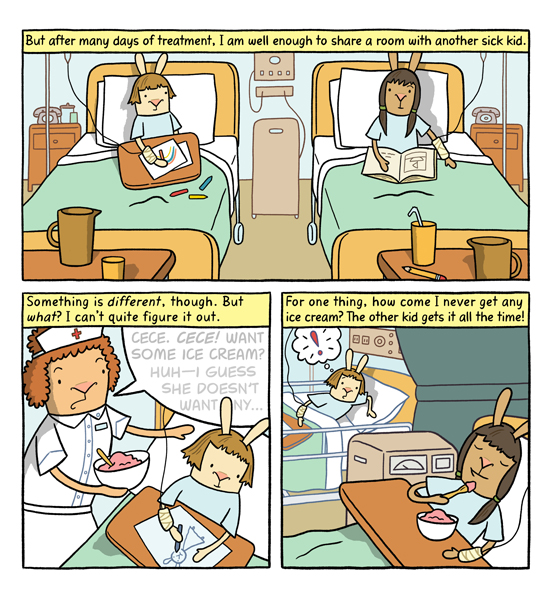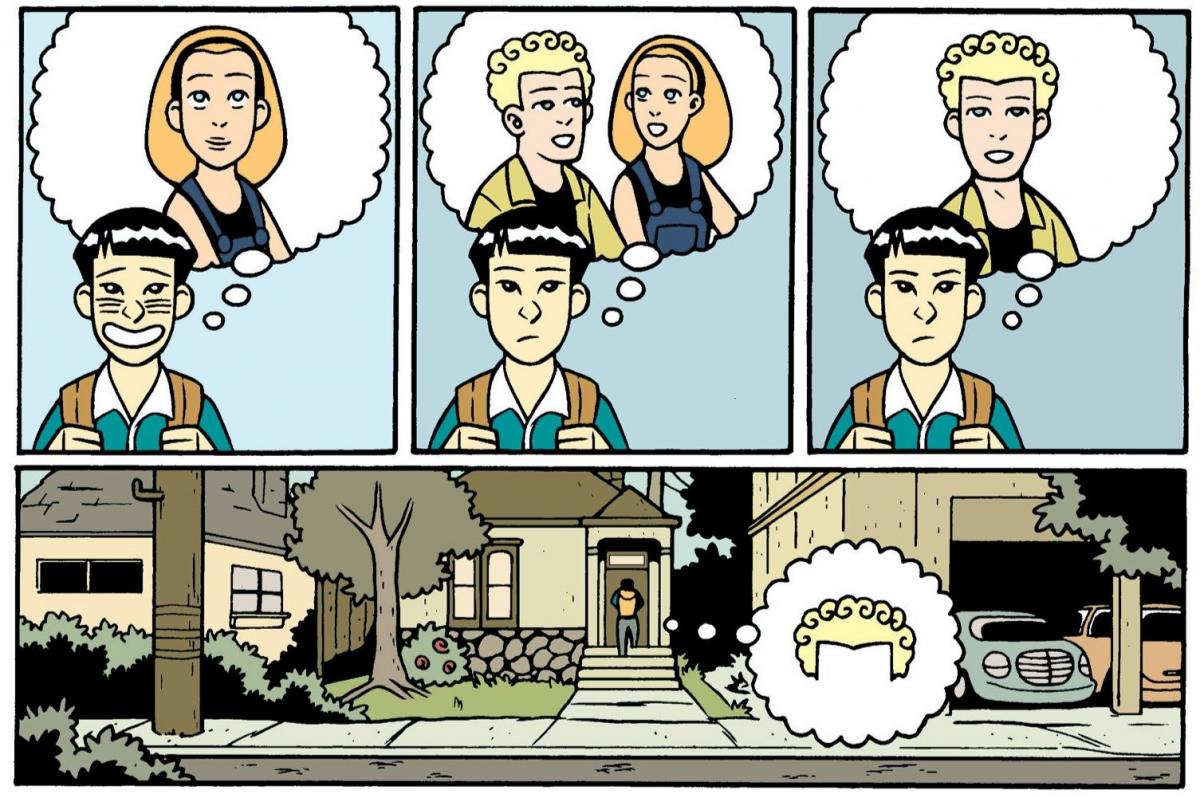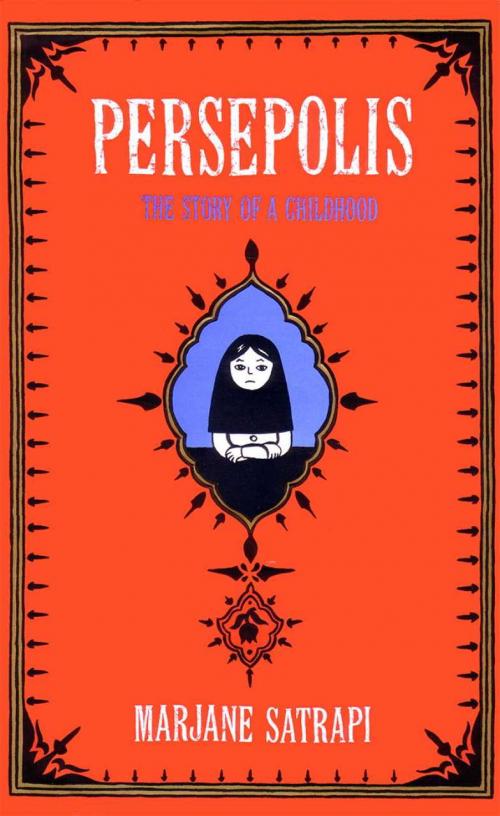Graphic Novels: More Than Just a Medium
Modern libraries assure a right to information and actively work to avoid censorship, yet for many years comic books were the exception to this rule. But in the past twenty years there has been a minor revolution. The dawning age of graphic novels—in contrast to comics, typically longer stand-alone publications—was ushered in by Art Spiegelman’s Maus, Alan Moore’s Watchmen, and others which garnered enough critical acclaim to earn them a spot on the shelves. Recently, libraries have embraced the medium of comics as an art form, as well as a gateway to advanced literary skills, especially for children and ESL learners of all ages.
 Because comics is a medium rather than a genre the content produced in the format can span an infinite number of topics ranging from superheroes to biographies, architecture to philosophy, and onwards and upwards. In libraries comics generally rest under the Dewey Decimal classification 741.5 or drawing based graphic arts. However, because the format is so broad, comics can be located in different places within a collection. As an example, the comic Eplileptic by David B., an autobiographical bande dessinée (Franco-Belgian comic) focusing upon a family’s struggle with epilepsy, is shelved with the biographies on Stack 7 rather than with the comics on Stack 12. Furthermore, in the Children’s Library nonfiction comics such as Drowned City, a graphic novel detailing Hurricane Katrina and its aftermath, are located by subject rather than by medium alone.
Because comics is a medium rather than a genre the content produced in the format can span an infinite number of topics ranging from superheroes to biographies, architecture to philosophy, and onwards and upwards. In libraries comics generally rest under the Dewey Decimal classification 741.5 or drawing based graphic arts. However, because the format is so broad, comics can be located in different places within a collection. As an example, the comic Eplileptic by David B., an autobiographical bande dessinée (Franco-Belgian comic) focusing upon a family’s struggle with epilepsy, is shelved with the biographies on Stack 7 rather than with the comics on Stack 12. Furthermore, in the Children’s Library nonfiction comics such as Drowned City, a graphic novel detailing Hurricane Katrina and its aftermath, are located by subject rather than by medium alone.

While many comics geared towards adults and teenagers are informative and feature brilliant artwork and storytelling (My Favorite Thing is Monsters, Persepolis, Fun Home, March, to name a few), it is the expanding market of graphic novels geared towards children that is making a particularly large impact on libraries. Comics have been proven to be excellent for children who are learning to read, serving as an excellent transition from picture books to chapter books; having more words yet still holding the same focus on visual narrative. The ability to follow a story visually while comprehending the accompanying text is a complex skill that aids in building stronger readers at all levels. Modern books geared towards early readers are being written in more of a graphic novel format using speech bubbles, such as the popular Elephant and Piggie series by Mo Willems. For older children memoirs such as El Deafo, Smile, and the Printz award winning American Born Chinese are drawing the attention of not only reluctant readers, but avid readers as well.
The popularity of graphic novels, the stories being told, and the artistic manner in which they are portrayed proves that this is a lasting art form with unique ability to grow in many directions. Accounts of the medium’s colorful history and its many facets can be found in David Hadju’s The Ten-Cent Plague, Jules Feiffer’s The Great Comic Book Heroes, or Hillary Chute’s Why Comics?. For further reading on the theory of comics and the different ways art and text collaborate take a look at Scott McCloud’s Understanding Comics. Lastly, those with younger readers are welcome to take a look at the recommended graphic novels list created by the Children’s Library based on the Library’s collection.


Disqus Comments